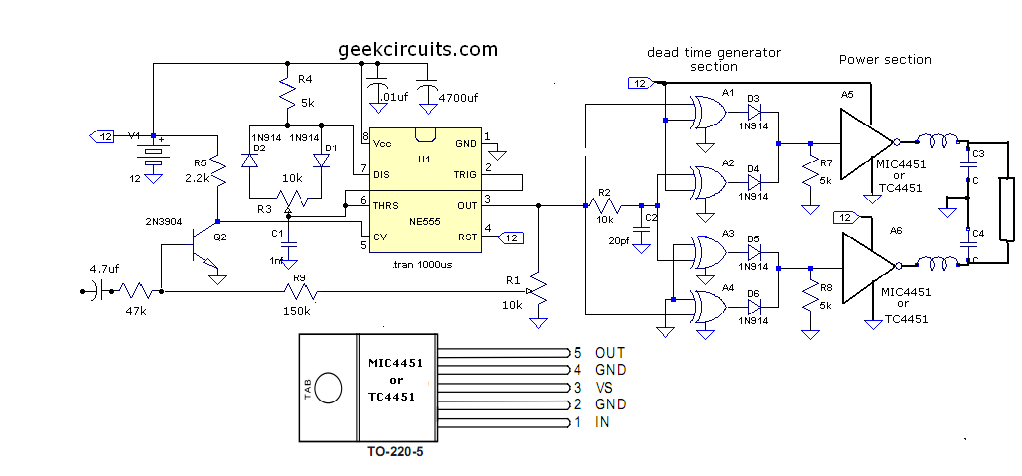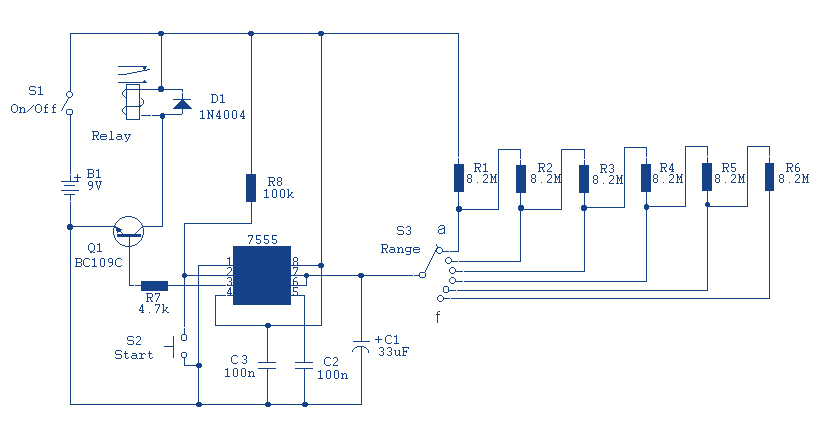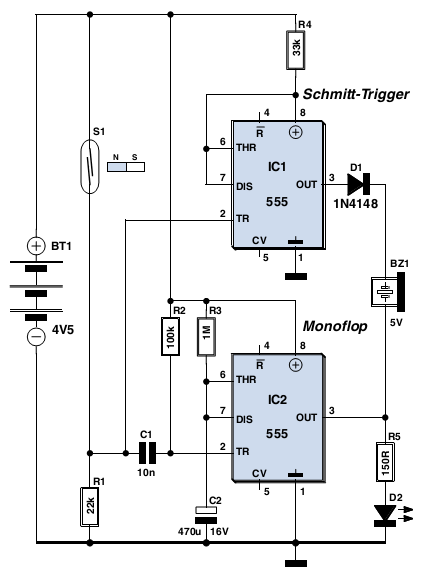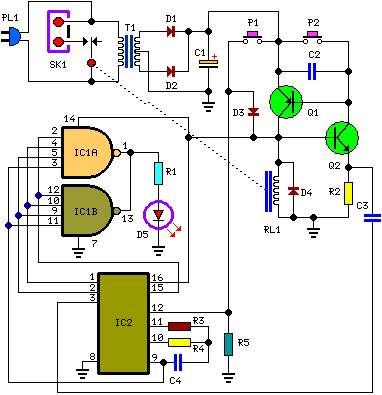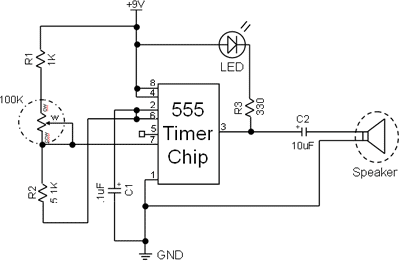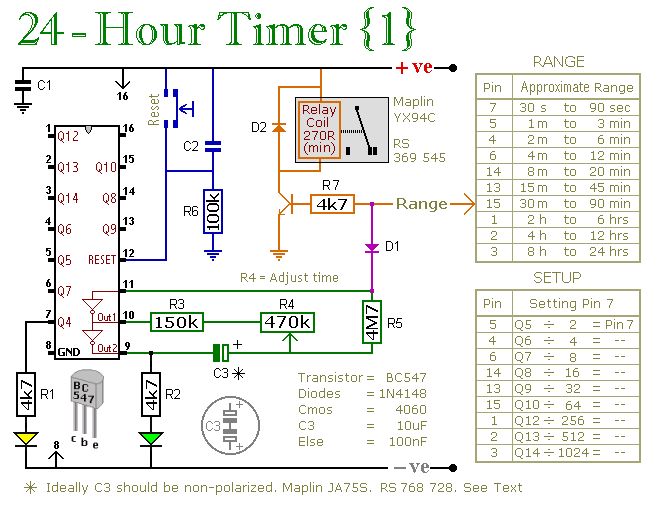
Photo-Event Timer

S2 is utilized to initiate timing. A transition from light to dark or dark to light halts this timer, depending on the configuration of S5. S3 provides a direct operating mode, bypassing the latch. IC3 and IC4 generate timing pulses of either 0.1 seconds or 1 second. IC7 powers a time display counter, which operates at 12 Vdc and consumes less than 200 mA.
The circuit described involves several components that work together to create a timing system with specific operational modes. The switch S2 serves as the primary control element, initiating the timing sequence. The functionality of S2 is complemented by switch S5, which determines the conditions under which the timer stops—either a transition from light to dark or from dark to light.
S3 introduces an alternative mode of operation, allowing the circuit to function without the need for a latch. This direct operating mode can simplify the timing process, enabling immediate response to S2's activation.
Timing pulses are generated by integrated circuits IC3 and IC4, which can be configured to provide either 0.1-second or 1-second intervals. This flexibility in timing pulse generation allows for various applications depending on the requirements of the overall system.
IC7 is responsible for driving a time display counter, which operates at a voltage of 12 Vdc. This counter is designed to be energy-efficient, drawing less than 200 mA, making it suitable for battery-operated or low-power applications. The design considerations for IC7 ensure that the display remains functional without excessive power consumption, contributing to the overall efficiency of the timing circuit.
This combination of components and their specific roles creates a versatile timing system that can be adapted for different uses, whether in industrial applications, consumer electronics, or educational projects. The careful selection of components and their configurations allows for reliable operation under varying conditions. S2 is used to initiate timing. A light-to-dark or dark-to-light transition stops this timer, depending on the setting of S5. S3 offers a direct operating mode, rather than through the latch. IC3 and IC4 supply 0.1- or 1-second timing pulses. IC7 drives a time display counter, a 12-Vdc unit that draws less than 200 mA.
The circuit described involves several components that work together to create a timing system with specific operational modes. The switch S2 serves as the primary control element, initiating the timing sequence. The functionality of S2 is complemented by switch S5, which determines the conditions under which the timer stops—either a transition from light to dark or from dark to light.
S3 introduces an alternative mode of operation, allowing the circuit to function without the need for a latch. This direct operating mode can simplify the timing process, enabling immediate response to S2's activation.
Timing pulses are generated by integrated circuits IC3 and IC4, which can be configured to provide either 0.1-second or 1-second intervals. This flexibility in timing pulse generation allows for various applications depending on the requirements of the overall system.
IC7 is responsible for driving a time display counter, which operates at a voltage of 12 Vdc. This counter is designed to be energy-efficient, drawing less than 200 mA, making it suitable for battery-operated or low-power applications. The design considerations for IC7 ensure that the display remains functional without excessive power consumption, contributing to the overall efficiency of the timing circuit.
This combination of components and their specific roles creates a versatile timing system that can be adapted for different uses, whether in industrial applications, consumer electronics, or educational projects. The careful selection of components and their configurations allows for reliable operation under varying conditions. S2 is used to initiate timing. A light-to-dark or dark-to-light transition stops this timer, depending on the setting of S5. S3 offers a direct operating mode, rather than through the latch. IC3 and IC4 supply 0.1- or 1-second timing pulses. IC7 drives a time display counter, a 12-Vdc unit that draws less than 200 mA.
